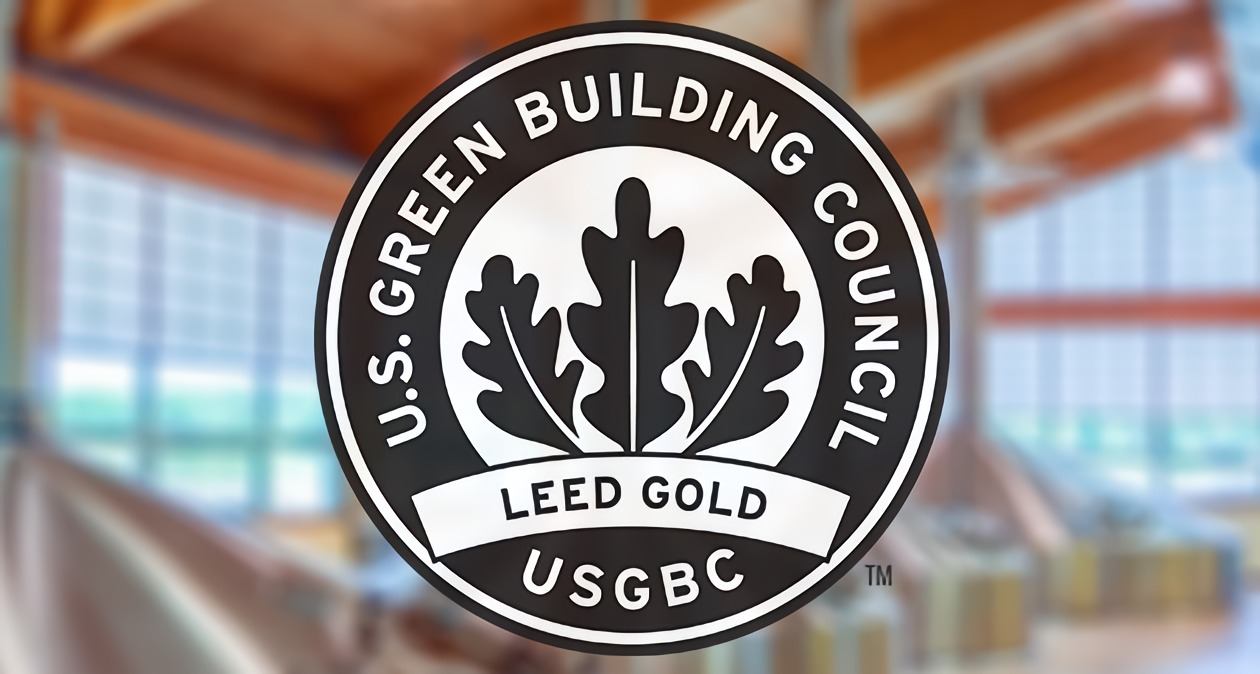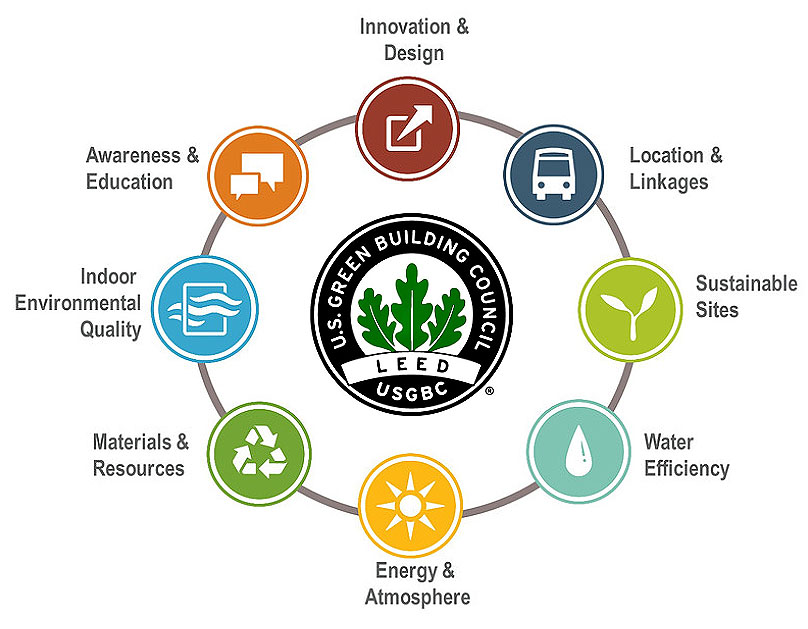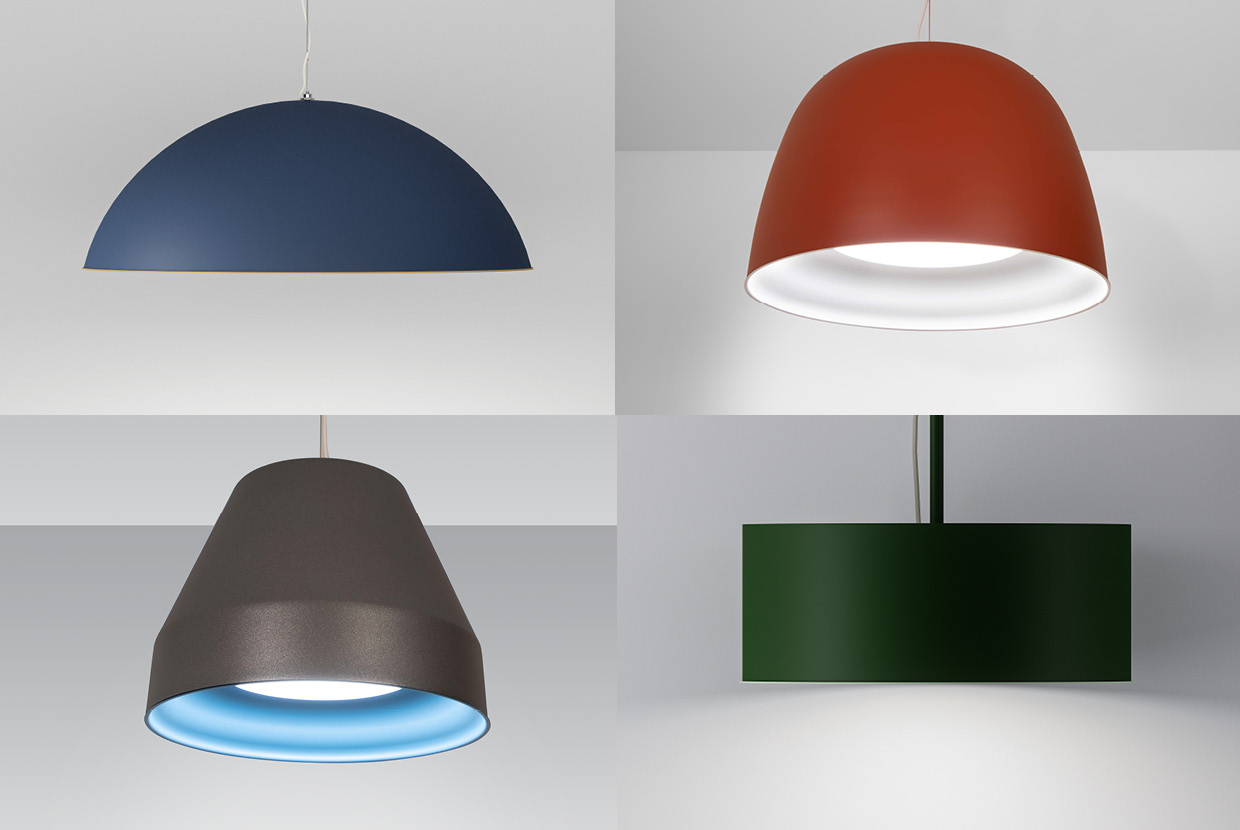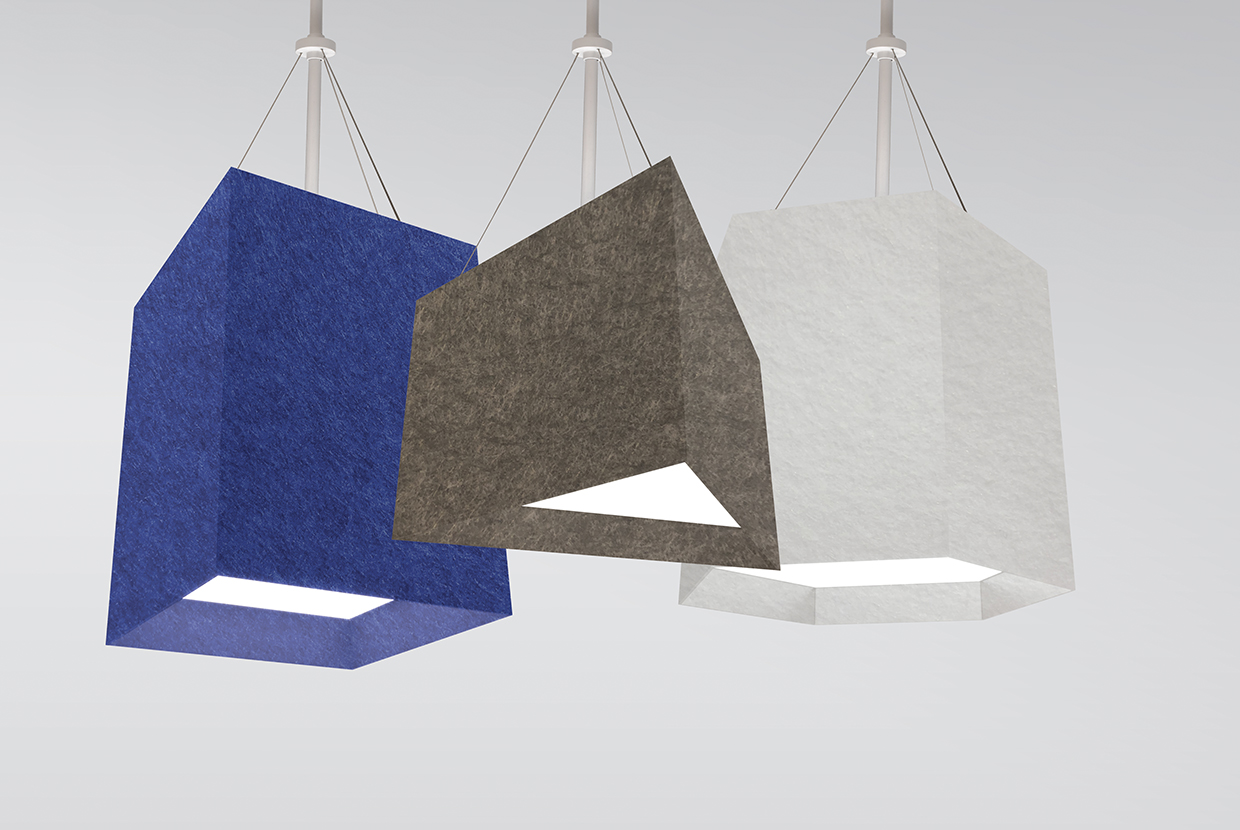
LEED Lighting Standards & Requirements

LEED Lighting Standards and the Future of Lighting
For many people, the concept of environmentally friendly lighting seems simple. At home, it may mean switching to LED light bulbs or including a motion sensor to light vacant spaces more efficiently. But in today’s professional and public spaces, it's more complicated to comply with LEED lighting standards.
At Visa Lighting, we know and understand how to build lighting that meets LEED lighting standards, so you can achieve your environmental and energy efficiency goals while still providing attractive, meaningful light. Following standards like the U.S. Green Building Council’s LEED lighting standards is simply embracing the industry's future.
What are LEED Building Standards?
What is LEED? Leadership in Energy and Environmental Design or LEED is an ecology-oriented building certification program run under the direction of the U.S. Green Building Council (USGBC).
LEED is the most widely used green building rating system in the world. The voluntary credit rating system guides designers, engineers, and architects on achieving maximum efficiency building goals over 13 different environmental impact categories. These categories include energy efficiency, indoor environmental quality, materials used, sustainability, and water usage. There are also specific LEED lighting standards.


How LEED works
LEED certified buildings save money, improve efficiency, lower carbon emissions and create healthier places for people.
To achieve LEED certification, a project earns points by adhering to prerequisites and credits that address carbon, energy, water, waste, transportation, materials, health, and indoor environmental quality. Projects go through a verification and review process by GBCI and are awarded points that correspond to a level of LEED certification: Certified (40-49 points), Silver (50-59 points), Gold (60-79 points) and Platinum (80+ points).
Beyond LEED Lighting Requirements: Healthy Spaces and Comfortable Lighting
In order to gain certification, you must adhere to LEED lighting requirements, but that’s not the only reason these guidelines should be considered. Environmentally friendly, comfortable lighting should be something we strive to incorporate in all of our architectural spaces.
Architects or lighting designers may want to incorporate these LEED lighting requirements into the design for other reasons, including environmental concerns, better health and wellness, to gain credibility or recognition among industry peers, or to create forward-thinking architecture.

How to gain LEED Building Certification
The goal of LEED is the create better buildings that:
- Reduce contributions to global climate change
- Enhance individual human health
- Protect and restore water resources
- Protect and enhance biodiversity and ecosystem services
- Promote sustainable and regenerative material cycles
- Enhance community quality of life
LEED is a holistic system that doesn’t simply focus on one element of a building, such as energy, water, or health. Instead, it looks at the overall picture in all of the critical elements that work together to create the best building possible.
LEED Lighting Requirements for Certification
To gain points for interior lighting LEED certification, you must meet three of the four strategies below, which promote productivity, comfort, and well-being by providing high quality lighting. The strategies are:
Glare Control – For all regularly occupied spaces, meet one of the following requirements:
- Use light fixtures with a luminance of less than 7,000 candela per square meter (cd/m)2 between 45 and 90 degrees from nadir; OR
- Achieve a Unified Glare Rating (UGR) rating of <19 using software modeling calculations of the designed lighting
Exceptions include wall wash fixtures aimed adequately at walls, as specified by manufacturer’s data, indirect uplight fixtures, provided there is no view down into these uplights from a regularly occupied space above, and any other specific applications (i.e. adjustable fixtures).
Visa Lighting does extensive prototyping and visual testing on all of our fixtures for glare and hot spots. Our design teams spend a great deal of time researching lens options and optimizing the lens distance from the LED sources to ensure our products produce comfortable light.
Color Rendering – For all regularly occupied spaces, meet one of the following requirements:
- Use light sources with a Color Rendering Index (CRI) of at least 90; OR
- Use light sources with a Color Fidelity Index greater than or equal to 78 and a gamut index between 97 and 110, determined in accordance with Illuminating Engineering Society (IES) TM-30
Color rendering index (CRI) is a quantitative measure of the ability of a light source to reveal the colors of various objects faithfully in comparison to natural sunlight. This is important if you work a job where you need to see colors accurately. For healthcare lighting, this is extremely important when you need to see skin color or tone to determine associated illnesses.
Lighting Control – Provide dimmable or multi-level lighting for 90% of occupant spaces.
Whether it's a sunny or a dark and dreary day, we need to be able to adjust the lighting in our spaces accordingly.
Surface Reflectivity – For at least 90% of regularly occupied spaces, use interior finishes with a surface reflectance greater or equal to 80% for ceilings and 55% for walls. If included in the project scope, use furniture finishes with a surface reflectance greater or equal to 45% for work surfaces and 50% for movable partitions
Other areas to note:
Light Pollution Reduction: Light at night brings life to architecture. These days, we can be much smarter than we used to be. Light left uncontrolled can create a great deal of light pollution, causing harm to ecosystems all around the world. Dark-sky friendly products, like Visa Lighting’s Scope (downlight-only model) and Plural, offer minimal disturbance to our night skies and incorporate the directives of the IES/IDA Outdoor Model Lighting Ordinance.
Acoustic Performance: LEED v4.1 has taken building acoustics into consideration more than it has in the past. In both the Building Design & Construction and Residential (specifically multifamily homes) categories, projects can get credit for improving their acoustic performance. Precise guidelines have been implemented for schools, aiming to limit the HVAC background noise level. Healthcare, hospitality, data centers, warehouses, and distribution centers can all also obtain credit for acoustic performance. To earn credit, the occupied spaces should meet requirements in two of the following categories: HVAC background noise, sound transmission, and reverberation time.
The Celest family of pendant lighting is offered with acoustic dampening felt. Installing multiple sound-absorbing light fixtures will decrease the reverberation time of a space, creating a quieter and more peaceful environment. Read more about this topic here.
Learn More About Acoustic Lighting
 Choosing the Best Low-Glare Light Fixtures
Choosing the Best Low-Glare Light Fixtures
LEED lighting standards reduce workspace glare.
To create a low-glare environment, use indirect or overhead luminaires like Visa Lighting's Modern Classics Collection. This collection was designed with a flat, acrylic surface to diffuse the LED light sources more evenly and reduce glare more effectively. The result is a high-output light that is pleasant to be around.




